Looking for the perfect sweet treat? Try this Pastillas de Leche recipe! These Filipino candies made with sugar and milk are soft and creamy bites of heaven. Make a big batch for gift-giving or to keep on hand for anytime cravings.
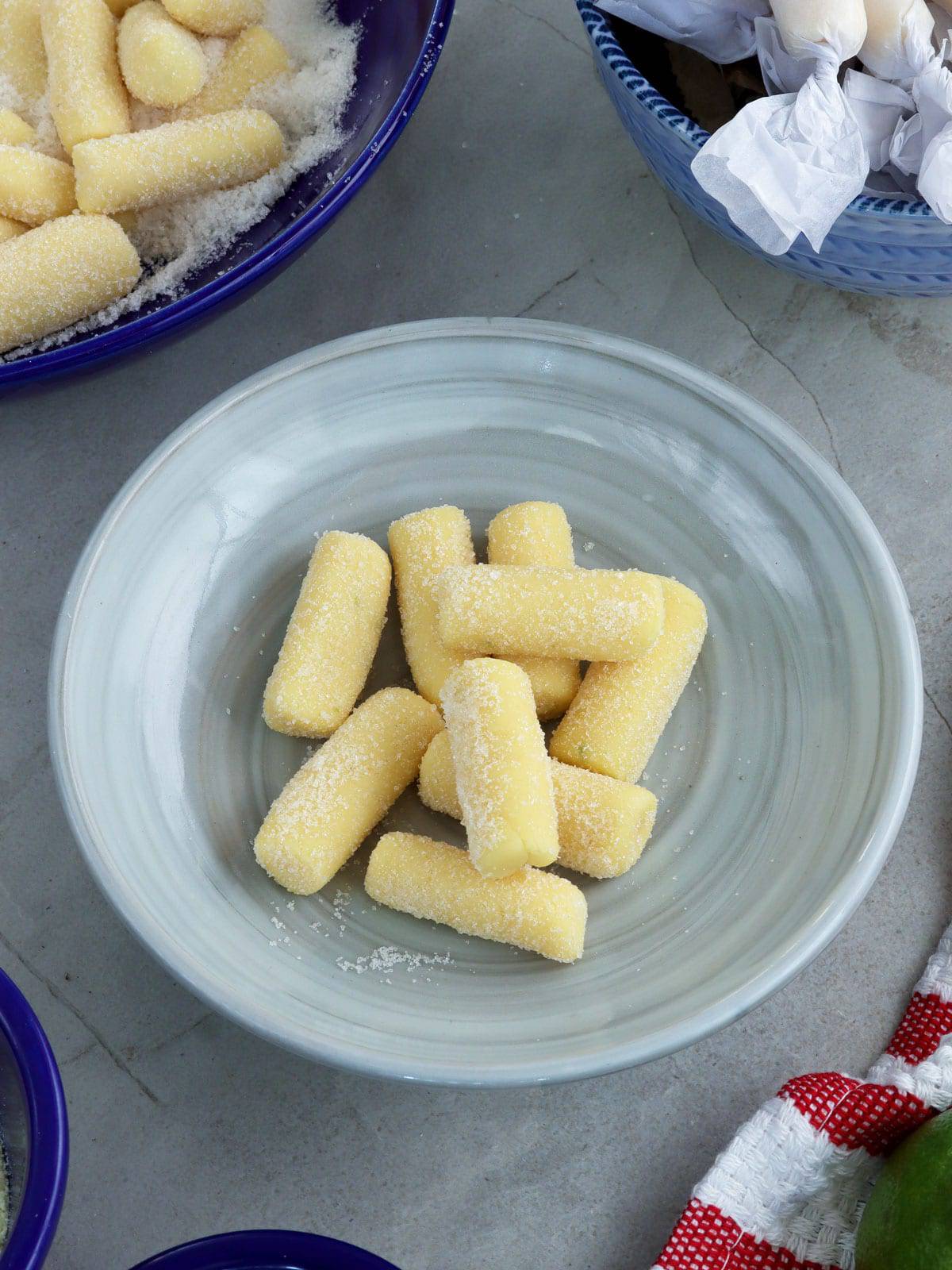
I love this food blogging thing. It has turned me into a Martha-Esque diva.
I've always enjoyed cooking and dabbling in a little bit of baking here and there, but to be making my own longganisa and chicharon? Or bottling my own atchara and mango jam? Who would have thought?
Cassava cake, mini egg pies, and ube halaya have always been my specialties, but since starting Kawaling Pinoy, I also learned how to make buchi, coconut macaroons, and Brazo de Mercedes! And today, after spending the whole afternoon testing and re-testing several recipes to come up with the taste and texture I like, I can now make pastillas de leche at home.
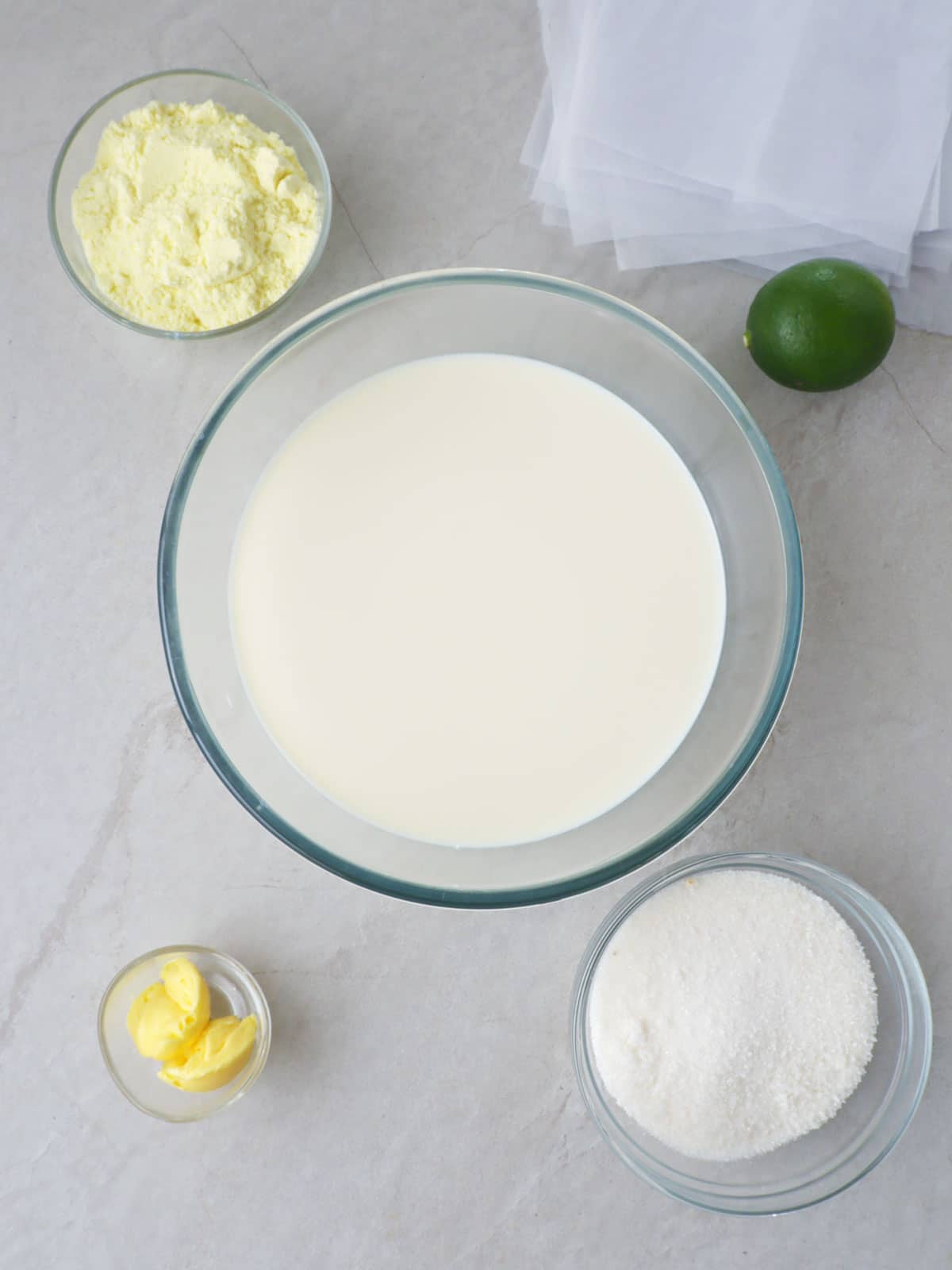
And not the shortcut pastillas using condensed milk, mind you. These are the real deal, authentic Bulacan delicacies made with fresh milk. You're going to love them, for sure!
What are Pastillas de Leche
Pastillas de leche, also called pastiyema, are a type of Filipino candies that originated from the farmlands of Bulacan province. These confections are traditionally made with carabao milk and sugar along with citrus juice to balance the richness.
What you'll need
- Carabao Milk- yields a richer, creamier, and more authentic taste. If it's not available, you can substitute fresh cow's milk. If using cow's milk, make sure it's whole milk, NOT low or non-fat, as the higher fat concentration will keep it from curdling.
- Powdered Milk- boosts the dairy flavor, thickens, and adds bulk to the mixture. Use full-cream powdered milk like Nido. Non-fat powdered milk doesn't dissolve well and yields a grainy texture.
- Butter- adds extra creaminess.
- Citrus zest- cuts down on the richness and adds a hint of fresh flavor.
- Granulated Sugar- coats the milk mixture for a touch of sweetness and crunch.
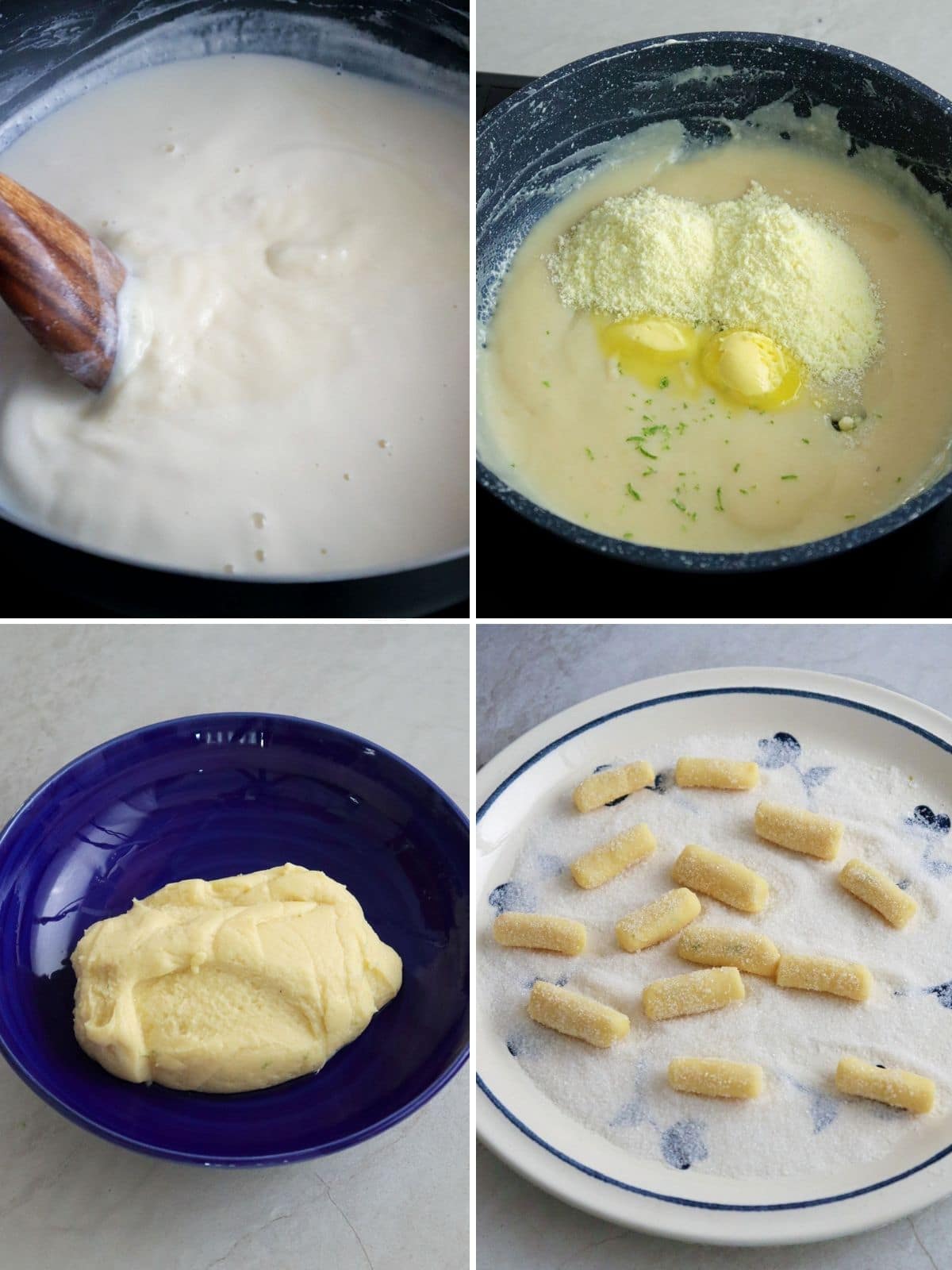
Pastillas are so easy to make 90% of the work involved is reducing the liquid milk. This process will take about 1 to 1 ½ hours, and please do not cook down the milk at more than a gentle simmer.
When boiled vigorously, milk will curdle and affect the texture of the prepared pastillas. Have faith, my peeps; these sweet treats are worth the wait!
Cooking tips
- Regularly stir and scrape the bottom and sides of the pan during cooking to prevent lumps and scorching.
- Use a non-stick pan and wooden spoon to make stirring easier.
- If the cooked mixture is too soft or sticky to roll, chill the refrigerator until firmer.
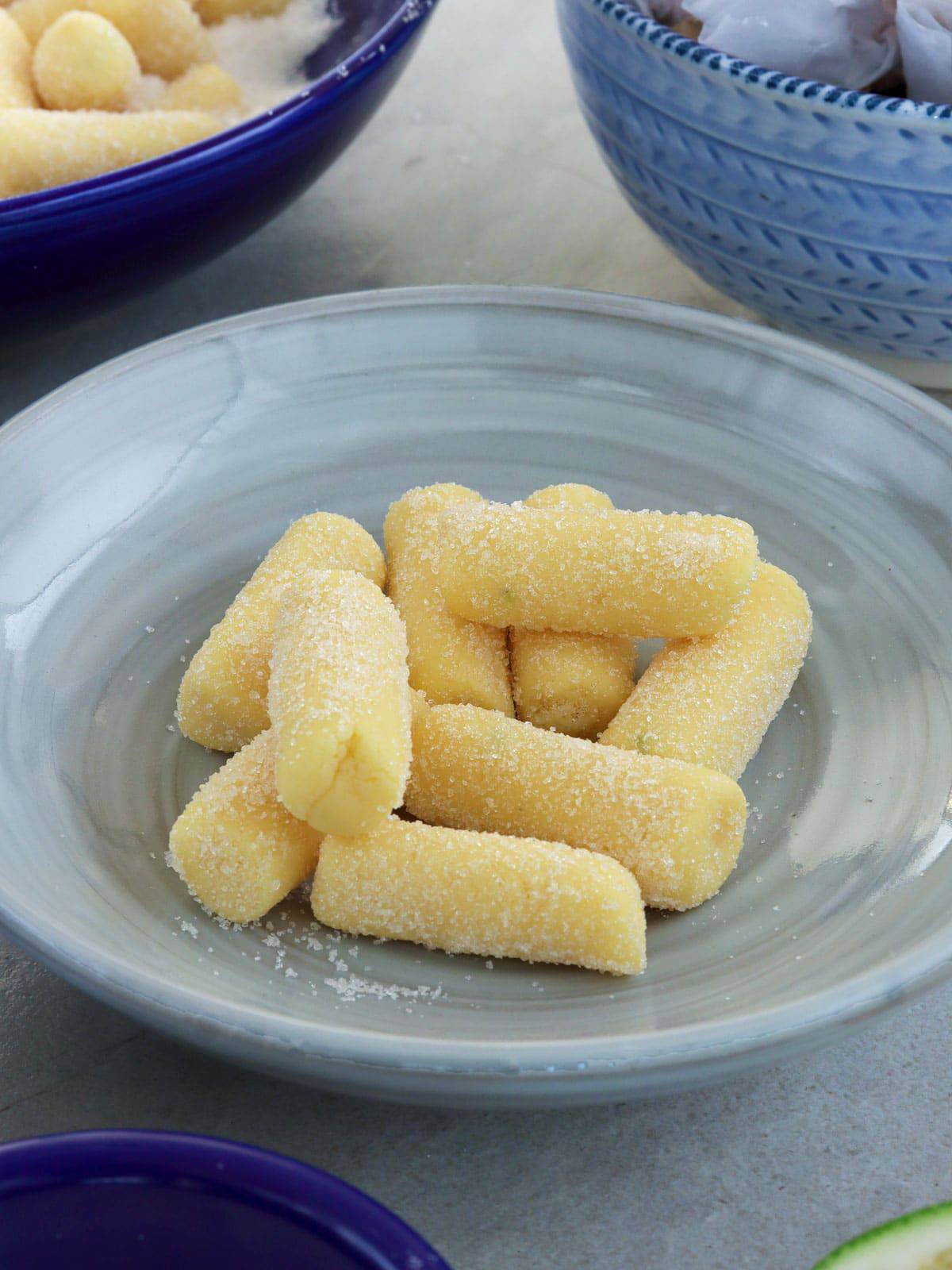
How to serve and store
- Divide the pastillas mixture into bite-size portions, form into cylindrical or round shapes, and roll in sugar. The candies are traditionally wrapped in colorful cellophane or Japanese paper (papel de hapon).
- These Filipino milk confections are great for gift-giving or keeping on hand for sweet cravings!
- Store the pastillas mixture in an airtight container and press a sheet of plastic wrap on the surface of the mixture to prevent a film from forming. Refrigerate for up to 3 days. Shape the pastillas and roll in sugar when ready to serve.
- You can also shape and wrap the mixture and store in a resealable bag or airtight container.
Ingredients
- 5 cups fresh milk (carabao or whole cow's milk)
- 1 cup sugar
- ½ teaspoon lime or calamansi zest
- 2 tablespoons butter
- ¾ cup full cream powdered milk
Instructions
- In a wide, nonstick skillet over low heat, combine milk and ⅔ cup of the sugar, and stir until sugar is dissolved.
- Cook, regularly stirring and scraping sides and bottom of the pan, for about 1 to 1 ½ hours or until milk is reduced and mixture turns into a thin paste.
- Add lime zest and stir to combine.
- Add butter and powdered milk and stir until smooth and well combined.
- Continue to cook for about 3 to 5 minutes or until the mixture begins to pull from sides of the pan and turns into a soft dough.
- Transfer mixture into a lightly oiled plate and allow to cool to touch.
- Divide mixture into about 40 portions and roll each portion into logs of about 1-inch long.
- Roll pastillas in the remaining ⅓ cup sugar until fully coated.
- Wrap individually in Japanese paper.
Notes
Video

Nutrition Information
“This website provides approximate nutrition information for convenience and as a courtesy only. Nutrition data is gathered primarily from the USDA Food Composition Database, whenever available, or otherwise other online calculators.”
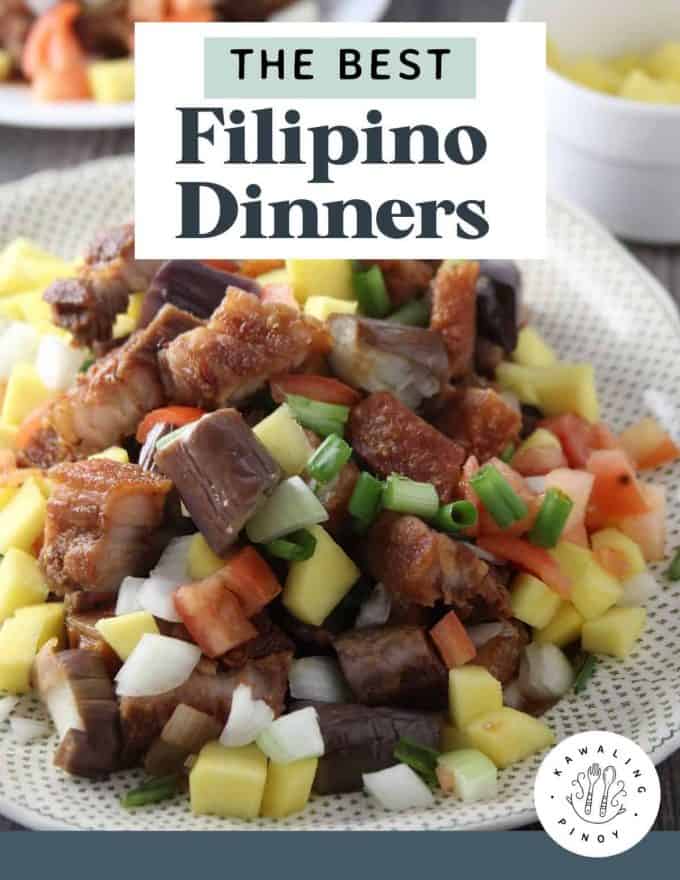
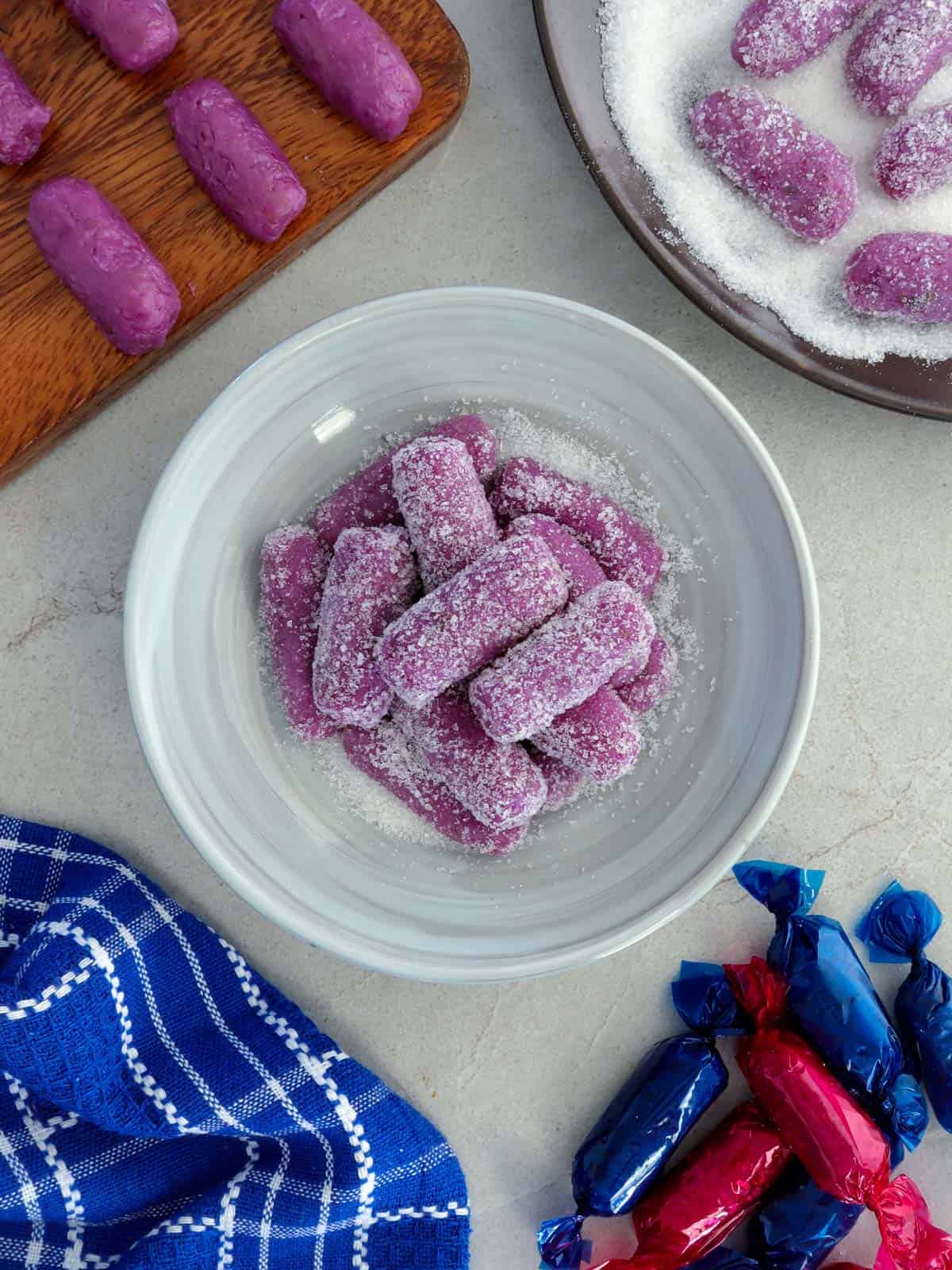
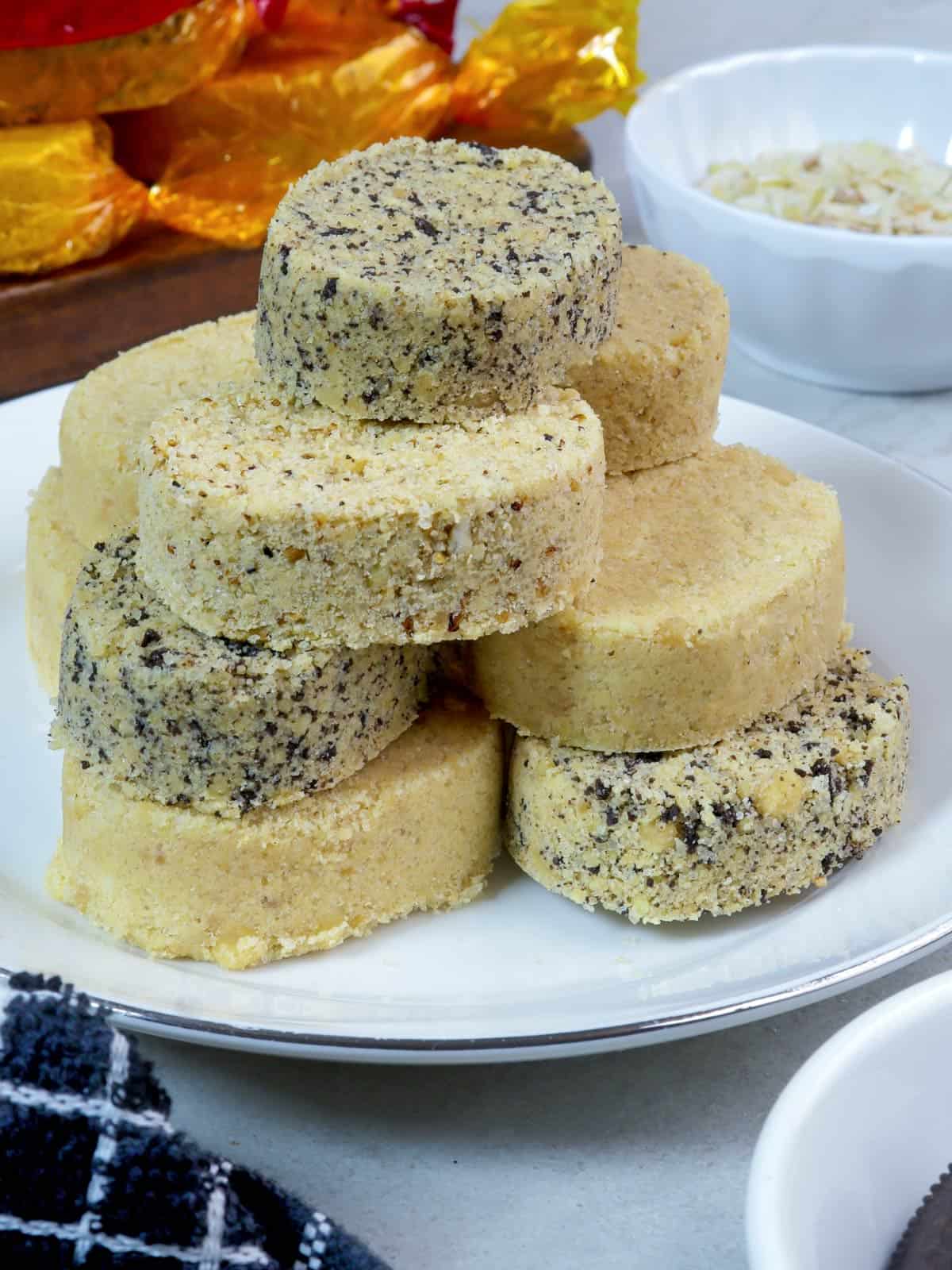
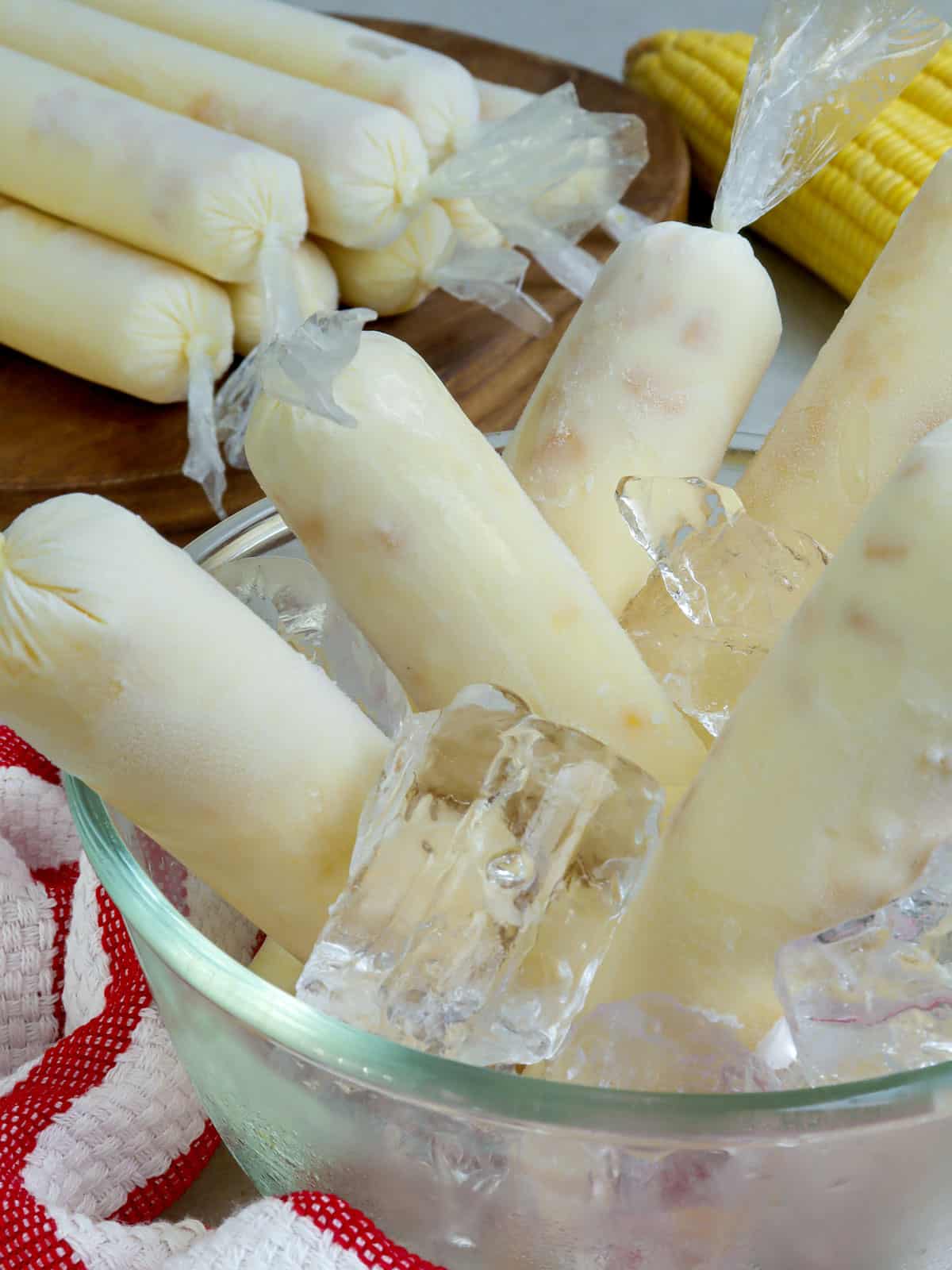
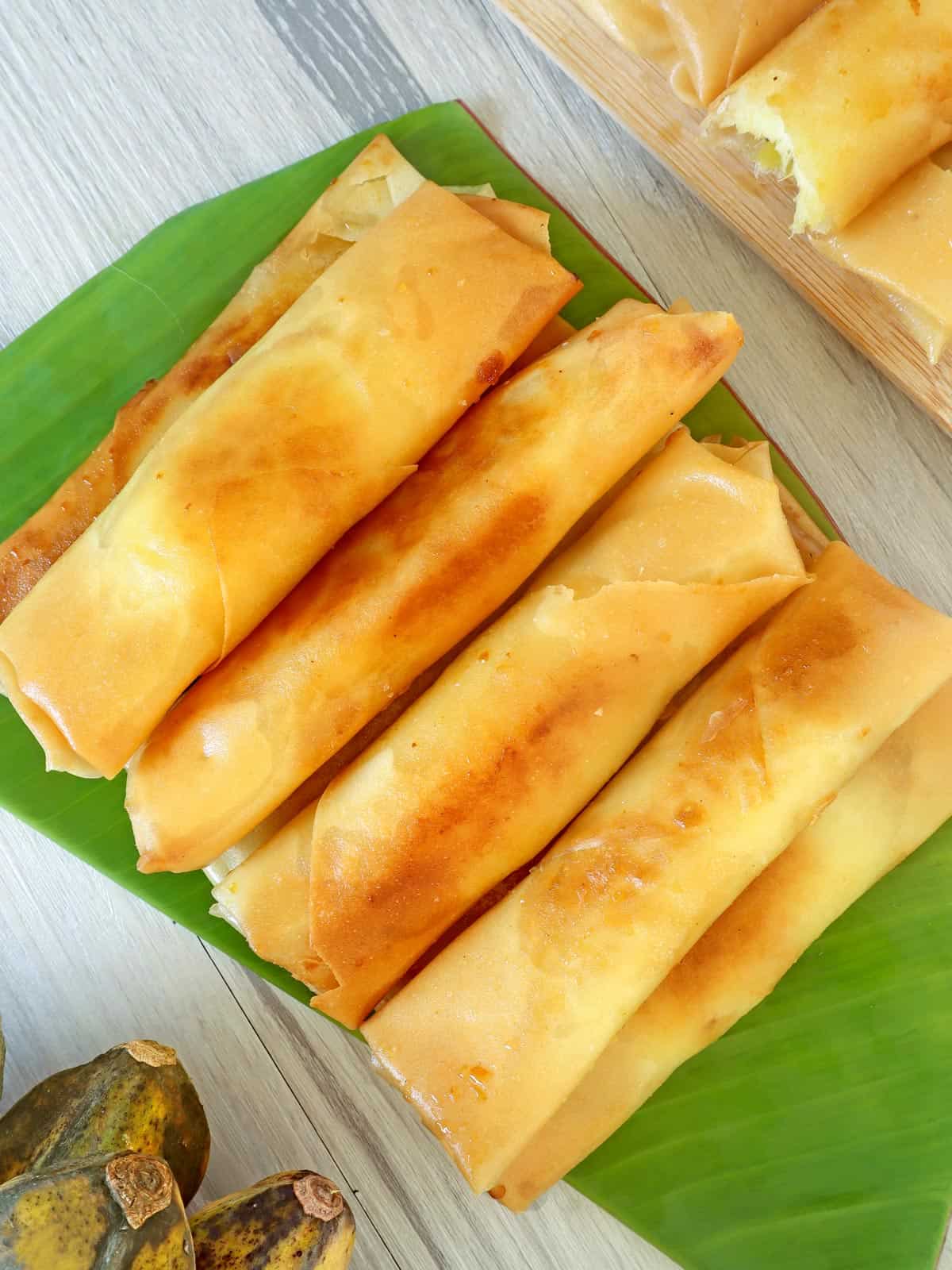
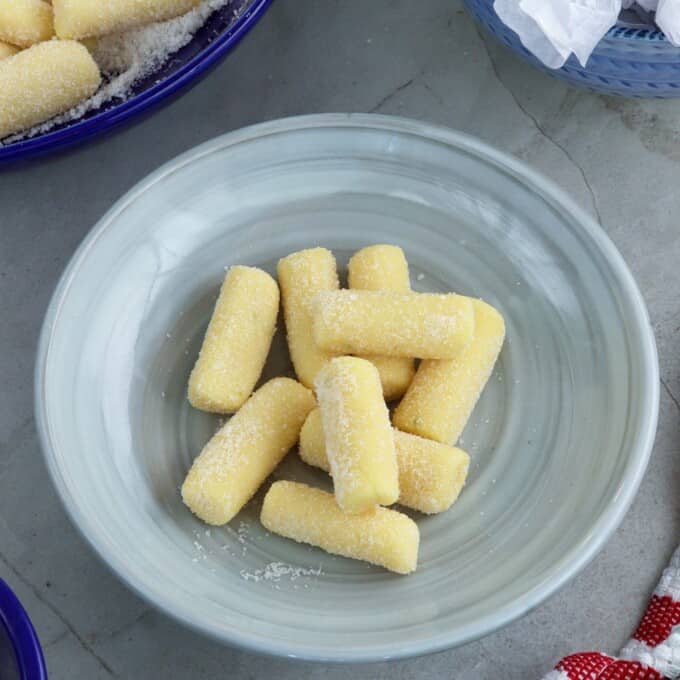
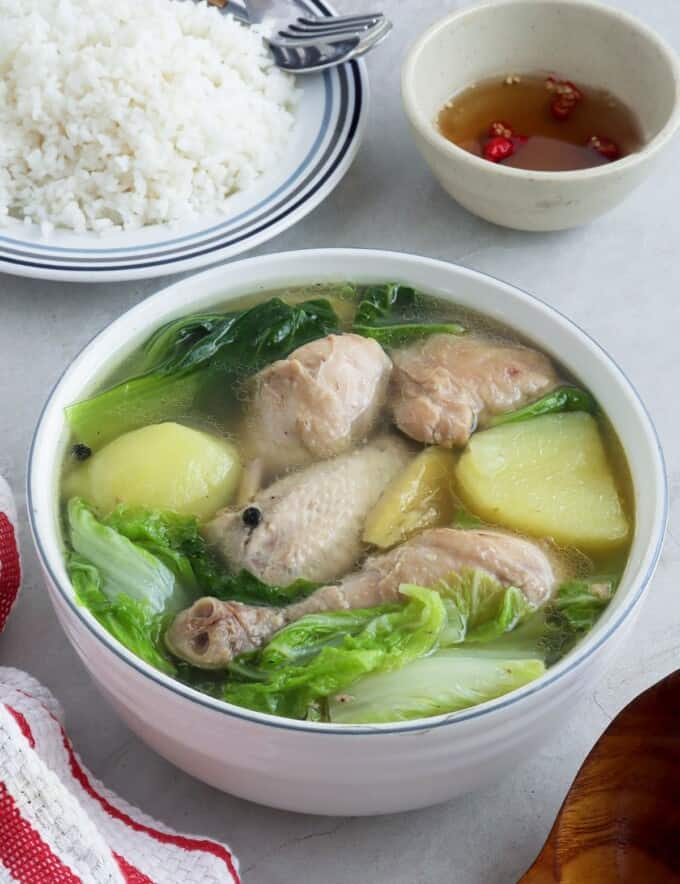
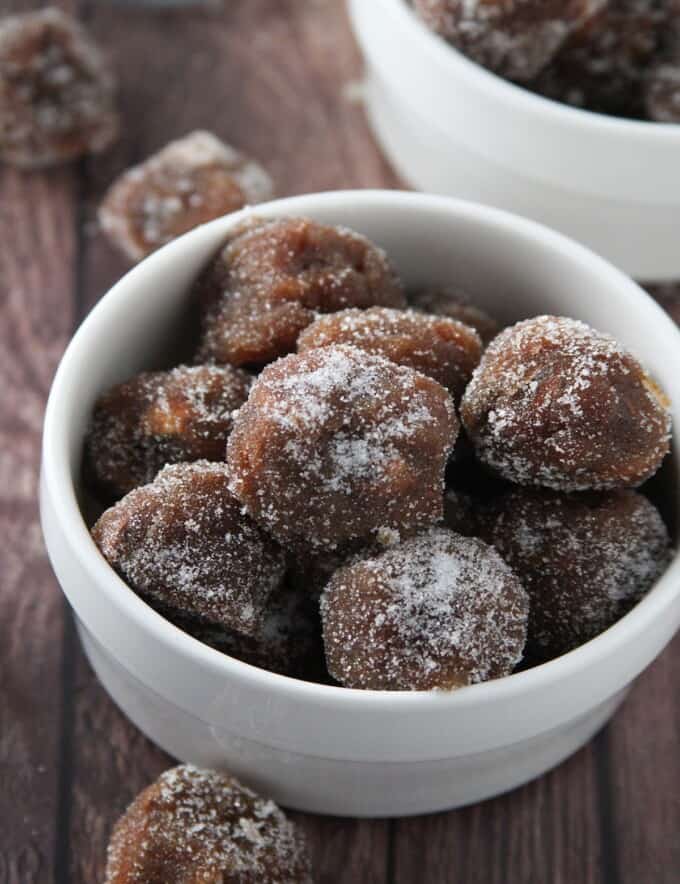
Benjamin Campaña says
I followed the recipe to the letter but when cooked it turned to brown color, it taste good but unappetizing because of the color. I used regular milk from carton
Lalaine Manalo says
I'm sorry to hear that. You need to stir it frequently so it doesn't burn in the bottom.
Jean says
How do you add jackfruit?
Jose Robert Asido says
Simpleng simple pero masarap!
Michelle says
I’ve made these plenty of times (it’s my favorite pastillas recipe ! ) but this time it turned out grainy???? Not smooth??? The taste is good, but the texture is grainy and not sticking together ?? What did I do wrong ? Do you think this is fixable ?
Monina M Almeda says
Hi, what is the heat setting when cooking the milk mixture? Low, Med, Med/Low, Med/High?
Thank you
D says
Can we subsitute the sugar to condensed milk?
is there a difference woth texture and taste?